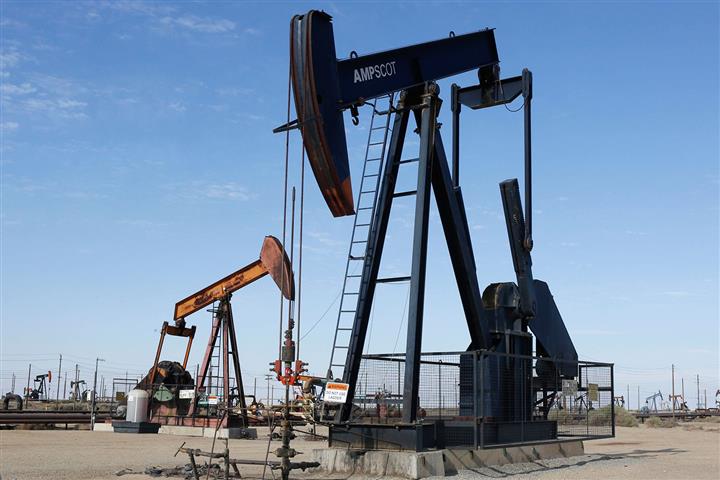Day 1
Foundations of Economic Valuation and Modelling
General concepts:
cash flow
cash versus profit
free cash flow
discounting
cost of capital
net present value
internal rate of return
return on capital
The role and effect of risk in valuation and decision‐making in practice
Main components to construct cash flow projections
Special topics: real and nominal terms, incorporating inflation, sunk cost versus future decisions
Hands‐on exercises
Building cash flow forecasts
Economic production life
Cash flow valuation
Creation of sensitivities and scenarios, including on price decks, volume curves
Calculation of beta in the capital asset pricing model
Day 2
Building Financial Statements
Recap of core elements of financial statement modelling
Applications of financial statement modelling and related applications (e.g. project finance)
Hands‐on exercises:
Building an integrated financial statement model, with issues arising (e.g. cost escalation, tax)
Linking to valuation; sensitivities and scenario analysis
Creating the ability to update with actuals
Day 3
Data Analysis and Manipulation using Excel
Manipulating and cleaning data e.g. downloads of oil prices, dates, multicurrency databases, matching and reversing data, and combining databases
together
Introduction to statistical analysis and database manipulation and analysis (filtering, dynamic sorting, database functions, database queries, intro. to
array functions etc.)
Hands‐on exercises:
Splitting text and numerical fields using functions
Calculations with multicurrency databases
Querying databases in multiple languages
Consolidating data sets
Creating dynamic charts
Creating flexible time axes, working with date fields
Creating database queries
Day 4
Transitioning to Advanced Modelling
Sensitivity versus risk, uncertainty and optimisation: definitions and concepts, tools and methods
Introduction to VBA macros
Hands‐on exercises:
Optimisation analysis and modeling
Sensitivity analysis and (Monte Carlo) simulation using macros; various applications in oil and gas
Other use of VBA macros: data analysis, treatment of circular references
Day 5
Introduction to add‐ins for simulation (overview of @RISK)
Modelling best practices (design, layout, structure, format etc.)
Discussion of participants’ applications and modelling issues, Q&A, course close calculations etc.).
Modelling (e.g. exploration risk, cost estimation, capex planning, reserves aggregation)






comments (0)